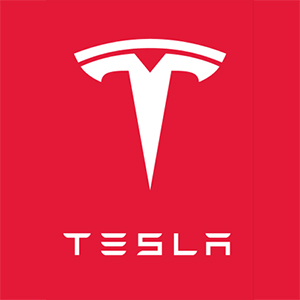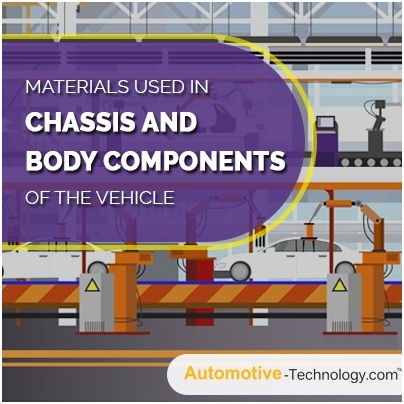The Impact of 5G Technology on Connected Vehicles and B2B Opportunities

The advent of 5G technology has ushered in a new era of connectivity, bringing about transformative changes across various industries. One sector poised for significant evolution is the automotive industry, particularly in the realm of connected vehicles. The convergence of high-speed, low-latency communication and advanced computing capabilities has paved the way for innovative applications, reshaping the driving experience and unlocking unprecedented business opportunities in the Business-to-Business (B2B) landscape.
This transformation extends beyond mere improvements in internet speed; it marks a paradigm shift in how vehicles communicate with each other, with infrastructure, and with the broader digital ecosystem. In this context, exploring the impact of 5G on connected vehicles unveils a spectrum of possibilities, from enhanced safety features and autonomous driving capabilities to the creation of novel B2B services. This article delves into the multifaceted implications of 5G on connected vehicles, shedding light on its potential to revolutionize transportation and foster new avenues for collaboration and innovation in the B2B domain.
The deployment and widespread adoption of 5G technology have significant implications for connected vehicles and create various opportunities in the Business-to-Business (B2B) sector. Here are some key aspects to consider:
1. Enhanced Connectivity:
Enhanced connectivity through 5G technology is a game-changer for connected vehicles. With ultra-low latency, 5G enables real-time communication, a critical aspect for split-second decision-making crucial to vehicle safety. The high bandwidth of 5G facilitates rapid data transfer, supporting applications like high-definition video streaming, remote diagnostics, and swift software updates. These capabilities not only enhance the overall efficiency of connected vehicles but also pave the way for advanced features and services that rely on seamless, high-speed data exchange.
2. Vehicle-to-Everything (V2X) Communication:
Vehicle-to-Everything (V2X) communication, powered by 5G, revolutionizes road safety and traffic management. In the realm of Vehicle-to-Vehicle (V2V) communication, 5G facilitates direct interaction between vehicles, enhancing safety through features like collision warnings and cooperative adaptive cruise control. Additionally, in Vehicle-to-Infrastructure (V2I) communication, improved connectivity with traffic lights, road signs, and other infrastructure elements enables more efficient traffic management and optimization, contributing to a safer and smoother driving experience.
3. Autonomous Driving:
The advent of 5G is instrumental in advancing autonomous driving capabilities. By enabling edge computing, 5G allows vehicles to offload intensive computing tasks to cloud or edge servers. This capability is crucial for processing the immense volumes of data required for autonomous driving in real-time. As a result, 5G contributes significantly to the development and enhancement of autonomous vehicle technologies, bringing us closer to a future where self-driving cars can navigate seamlessly through complex environments.
4. B2B Opportunities:
The deployment of 5G technology presents lucrative Business-to-Business (B2B) opportunities, particularly in two key areas. Firstly, in fleet management, 5G enables superior tracking, monitoring, and overall management of vehicle fleets. This proves invaluable for logistics companies, optimizing routes, reducing fuel consumption, and enhancing operational efficiency. Secondly, 5G fosters collaboration within the automotive industry, creating opportunities for partnerships between manufacturers and technology companies. Such collaborations can result in the development of innovative solutions and services, further driving advancements in the connected vehicle ecosystem.
5. Enhanced User Experience:
The integration of 5G technology elevates the user experience in connected vehicles. High-speed connectivity opens the door to seamless in-car entertainment, allowing passengers to enjoy uninterrupted streaming, gaming, and other entertainment options during their journey. Furthermore, 5G facilitates the delivery of personalized services and content based on user preferences and real-time data. This personalized touch enhances the overall user experience, making connected vehicles not just a mode of transportation but a tailored and enjoyable space for occupants.
6. Security and Privacy:
Security and privacy are paramount considerations in the realm of connected vehicles, and 5G technology plays a crucial role in addressing these concerns. Firstly, 5G networks provide enhanced security features, ensuring secure communication between connected vehicles and preventing unauthorized access. This feature is vital for safeguarding the integrity and confidentiality of the information exchanged. Secondly, as vehicles generate and transmit sensitive data, robust data privacy measures become imperative. 5G technology contributes to establishing and maintaining these measures, helping gain user trust and ensuring compliance with privacy regulations governing the connected vehicle ecosystem.
7. Environmental Impact:
The incorporation of 5G technology in connected vehicles holds the potential to positively impact the environment. Through improved traffic management facilitated by 5G, congestion can be reduced, and traffic flow can be optimized. This optimization contributes to lower fuel consumption and, consequently, reduced emissions. The integration of 5G in connected vehicles not only enhances efficiency and safety but also aligns with environmental goals by addressing challenges related to traffic congestion and its associated environmental impacts.
In conclusion, the impact of 5G on connected vehicles extends beyond just faster internet speeds. It opens up a new realm of possibilities for safer, more efficient transportation and creates numerous B2B opportunities across various industries. As the technology continues to evolve, stakeholders need to collaborate to harness its full potential and address challenges related to security, privacy, and standardization.



